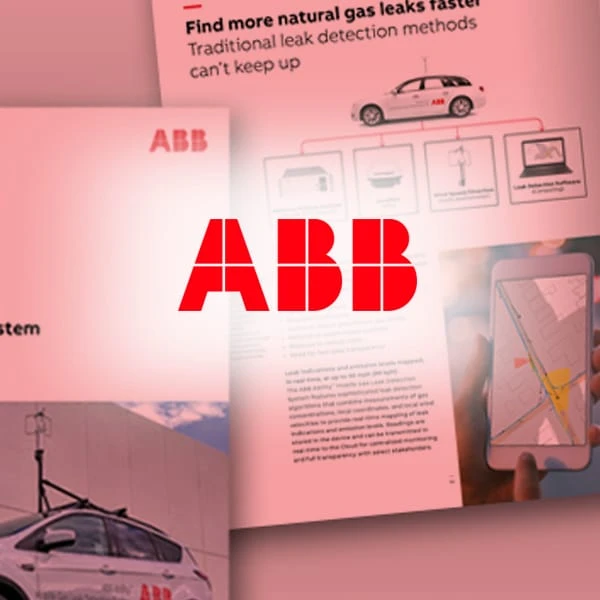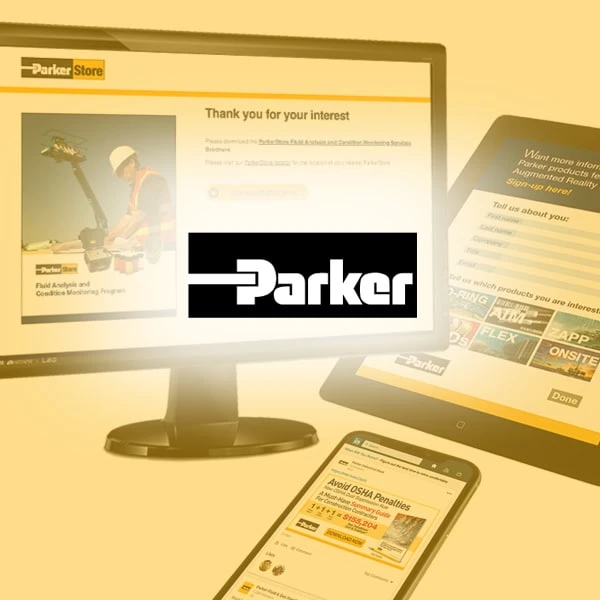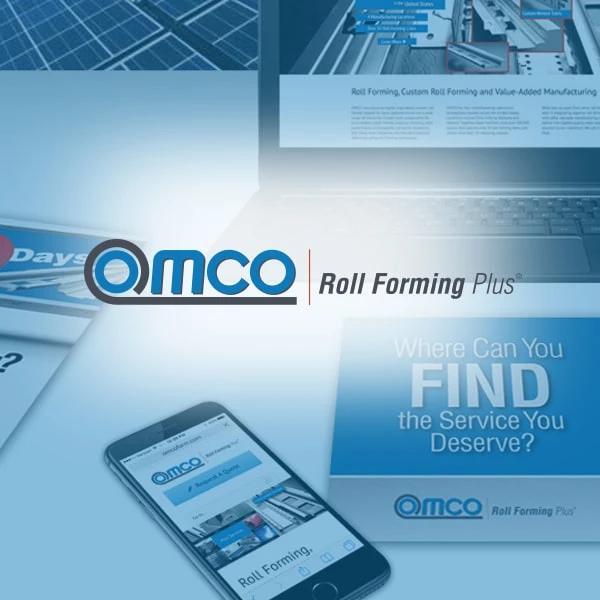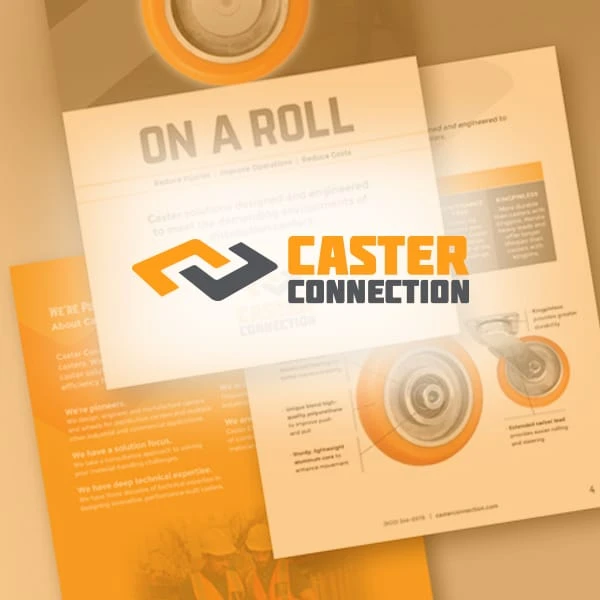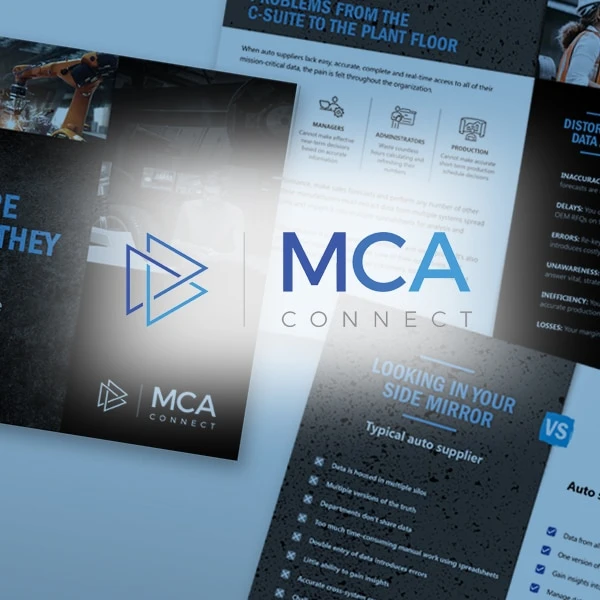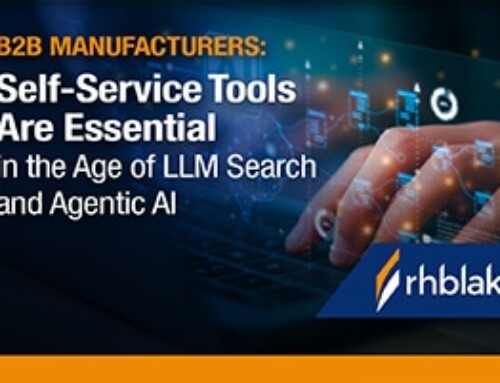For B2B industrial manufacturers, understanding the difference between thought leadership and content marketing is essential for optimizing marketing strategies.
Eight Steps to Launching a Personalized Expert Newsletter for Your Manufacturing Business
As an industrial or process manufacturer, you know all about long sales cycles and complex buyer journeys. You appreciate that building trust and keeping prospects engaged over months (or years) requires more than occasional sales calls or generic marketing emails. This is why you should consider publishing personalized expert newsletters. By regularly sharing insights from your in-house experts, you position your company as a trusted advisor and stay top-of-mind with customers between sales meetings.
A personalized expert newsletter is a regular email publication that shares your thinking through the voice of a specific internal expert. Rather than coming from a generic company sender with a mix of company news and product updates, it’s written in a more personal, first-person tone by one of your subject matter experts (SMEs) or thought leaders. Each issue typically spotlights one expert’s perspective on a topic of interest to your audience (for example, a lead engineer discussing a trend in automation, or a materials scientist exploring new innovations in your field). Learn more about The Key Traits of Effective Thought Leadership.
In this practical guide, we’ll walk you through how to implement a personalized expert newsletter program inside your manufacturing business. Less theory, more playbook. We’ll focus on execution, from selecting the right expert to getting that first email out the door.
1. Clarify Your Purpose and Know Your Audience
Before you write a single word, you need to know why you’re launching this newsletter. Not every goal is created equal. Maybe you want to boost brand awareness in a new vertical. Perhaps you need to keep leads warm during a 12-month sales cycle. Or maybe you need to elevate your technical director as an industry thought leader. Each goal means a different kind of newsletter.
Then there’s your audience to consider. Who, exactly, will read this? Plant managers in the food industry? Process engineers in chemical plants? Procurement officers in OEMs? The narrower your focus, the easier it is to craft content that resonates. If your audience is diverse, you may need more than one expert or segmented newsletter streams. And remember, 30% of the C-Level spend eight or more hours weekly engaging with thought leadership content.
2. Identify Your Voice: Choose the Right Expert
Next comes what might be the most important decision of the entire process: who will be the voice behind the newsletter?
You’re looking for someone inside your company with deep subject matter expertise, but also with the ability (or at least willingness) to communicate clearly. They don’t need to be Ernest Hemmingway. They just need to have a point of view and the time to share it. Enthusiasm and availability matter more than eloquence. Your marketing team can provide the editorial help.
This person becomes the face (and voice) of the program. Their photo and name go at the top of the email. Their tone and experience shape the entire effort. In time, readers will feel like they know them personally. That’s where the relationship starts.
And remember, executives prefer strong research data that’s communicated by recognized industry experts (Source: The 2025 Thought Leadership in Manufacturing Report).


3. Map Your Content Plan and Set a Realistic Cadence
Once you have your expert, your next step is to build your thought-leadership content plan. This doesn’t need to be complicated. Start with six to eight topics that your audience cares about, and that your expert has experience with. Think in terms of real-world problems, lessons learned, common challenges, new trends, or provocative questions.
Don’t overthink your format. A typical issue might include a brief personal intro, one core insight or story, and a light CTA at the end (like an invite to a webinar or a link to a longer article). The sweet spot in the email inbox is 600–800 words. That’s enough words to share something valuable but not so many that your insights go unread.
As for cadence, most manufacturers find monthly or every six weeks to be realistic. The key is consistency. Don’t overpromise. Better to send something great every six weeks than struggle to keep up with a weekly schedule that burns out your expert (and your audience)..

4. Build the Infrastructure Before You Send
Before your first email goes out, you need the right infrastructure in place. This includes a few essentials:
- A reliable email marketing platform (Mailchimp, HubSpot, Pardot)
- A branded, mobile-friendly template that features your expert’s face, name and title
- A landing page or signup form where people subscribe
- A clean and segmented list of contacts (start with customers, leads, and people from events or webinars)
You’ll also need to coordinate with legal or compliance teams if your industry has strict regulations about outbound communication (antispam laws, for instance). Better to get those checks done early.


5. Create a Workflow That Makes It Easy to Deliver
Here’s the good news: your expert doesn’t need to write every word, or any words, actually. Instead, build a collaborative workflow that leverages their time and your marketing team’s skills.
Start with a 30-minute conversation. Have your content lead or writer interview the expert on the planned topic. Record and transcribe the session, capture quotes, and pull out the key narrative. Then, have your the writer draft the piece in the expert’s voice.
Once written, the expert reviews and tweaks. Then it goes through editing, formatting, and testing before launch. The result is a polished newsletter that reflects their thinking but doesn’t eat up hours of their time.
Repeat this workflow for each issue. If possible, batch interviews and outline three or four issues in one go. This builds momentum and helps avoid the last-minute scramble.

6. Launch It Like a Campaign, Not an Email
Your first issue shouldn’t be a whisper. Launch it like a campaign.
Start by announcing it to your house list, that is, to your customers, past customers, prospects, distributors, suppliers and partners. Give them a reason to subscribe. Position your newsletter as exclusive access to inside expertise.
Share the signup link on your website, in blog posts, in email signatures and across LinkedIn. Ask your sales team to personally invite contacts. Mention it in webinars and during trade show follow-ups. This is an asset worth promoting.
Then hit send. The newsletter should come from the expert’s name, not your Marketing Department. The subject line should preview the insight. The body should feel like a personal note, not a corporate blast. That’s how you get opened and read..


7. Watch the Data, But Listen to the Response
After launch, measure everything. Measure open rates, click-throughs, replies, unsubscribes. These numbers tell you what’s working.
But just as important are the qualitative signals. Does sales hear that customers mentioned the newsletter? Are people replying to the email with questions or comments? Did someone forward it to a colleague?
Track these signals. Over time, you’ll see patterns. Maybe listicles perform better than op-eds. Maybe one industry segment clicks more often than another. Use those insights to fine-tune your content.

8. Sustain the Program Without Burning Out
Expert newsletters require stamina. To keep going:
- Plan topics at least one quarter ahead
- Reuse and repurpose content across blog, social, and sales enablement
- Feature guest experts from time to time to give your main voice a break
- Collect feedback and be willing to evolve the format
You don’t need to be perfect. You just need to keep showing up, offering insight, and delivering value.


Final Thoughts
If you’re in the business of selling complex products or services to a technical audience, trust and credibility are everything. Personalized expert newsletters give you a platform to build both. They humanize your brand. They showcase the intelligence of your team. And they create an ongoing conversation with the market that no product datasheet or corporate brochure ever could.
So, pick your expert. Plan your topics. Set your schedule. And start publishing. Because in a world of faceless automation and generic, AI-driven marketing, a personal perspective from a real expert is the one thing your audience will always make time to read.
By the way, if you want help getting your newsletter off the ground, let’s talk. RH Blake helps industrial manufacturers build expert-led content programs that drive measurable results.


"You guys met our expectations in every way. It [RH Blake Market Research] was the information we were looking for. Congratulations and Thank You!"
 Scott Griggs
Scott Griggs
Director of Services for Food Manufacturing and Food Service
ALS Global

"“I’ve gotten all that I’d hoped for from the RH Blake Growth Roadmap™ and more. Based on the research and insights, we adjusted our offering scope and sales approach. And this adjustment has been effective at generating new opportunities."
 Diane Reko
Diane Reko
President
REKO International

"RH Blake has been an outstanding partner. They deliver creativity, on time, and always so professional. We love working with them because of their perspective, support, and their efficiency in turning projects around quickly."
 Samantha Spano
Samantha Spano
Digital Product Marketing & Communications Manager
Industrial Automation Energy Industries
ABB
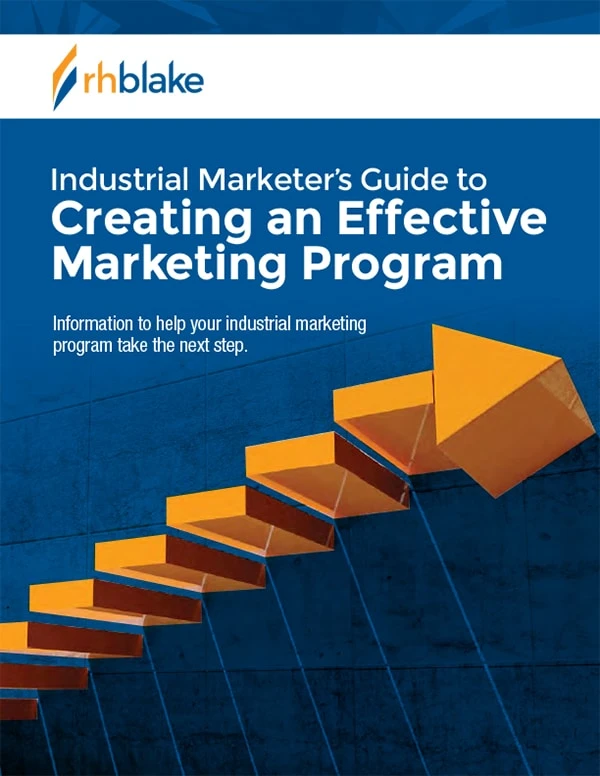
Industrial Marketer’s Guide to Creating an Effective Marketing Program
147 pages of actionable ideas to help you create a winning marketing strategy and program

Industrial Marketer’s Guide to Creating an Effective Marketing Program
147 pages of actionable ideas to help you create a winning marketing strategy and program
Related Clients



